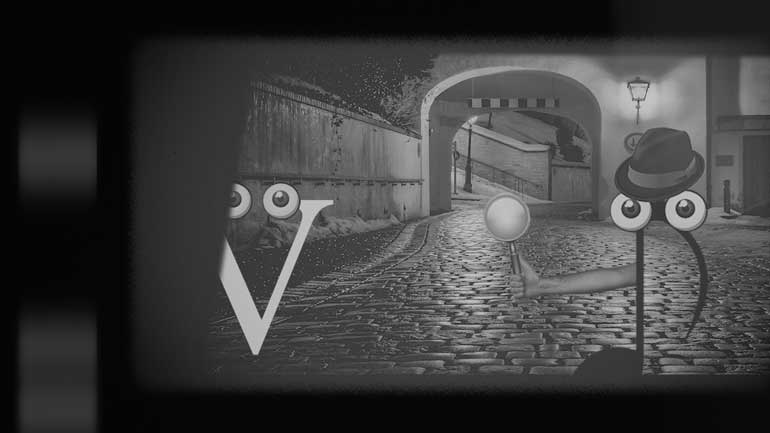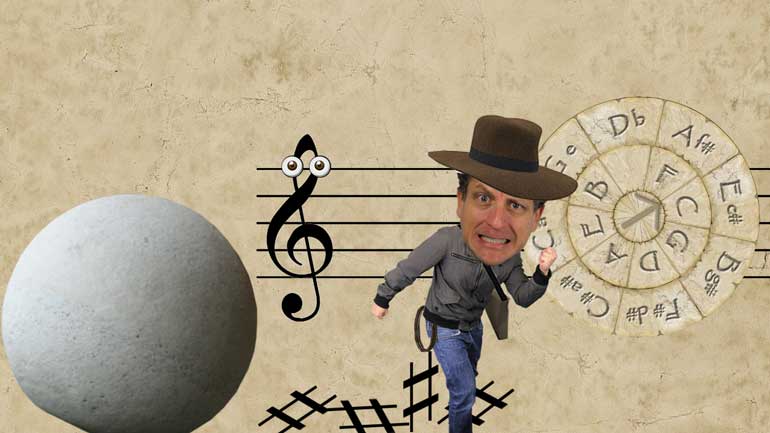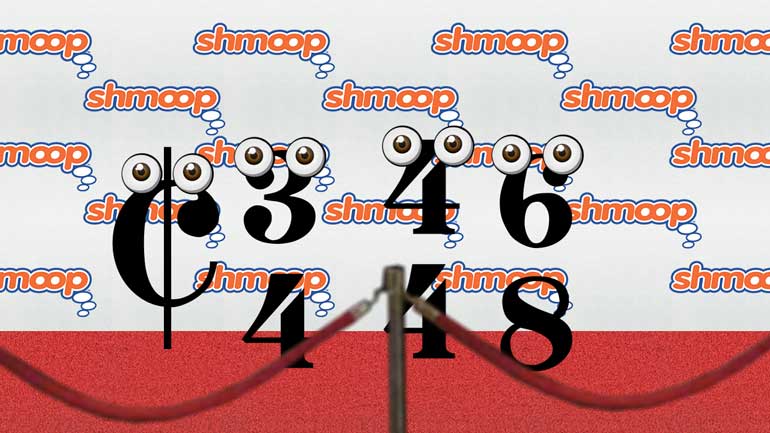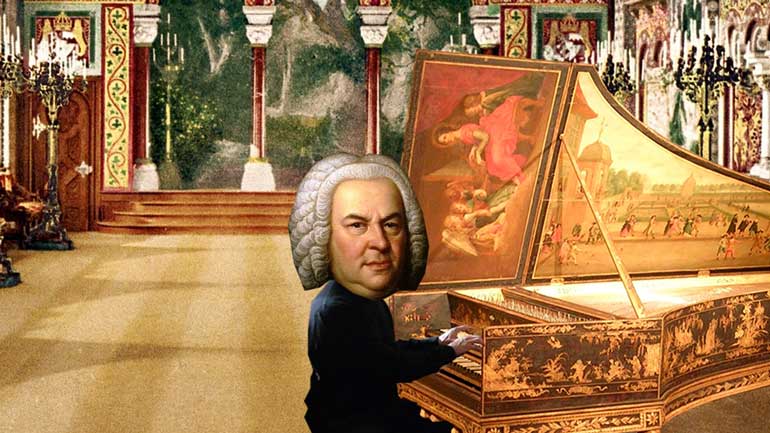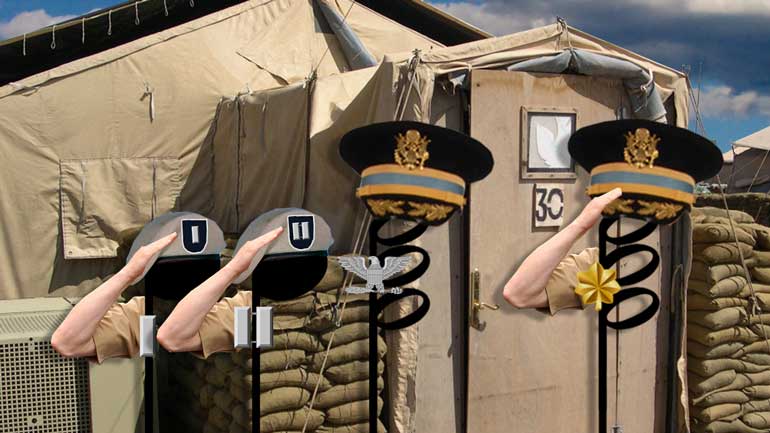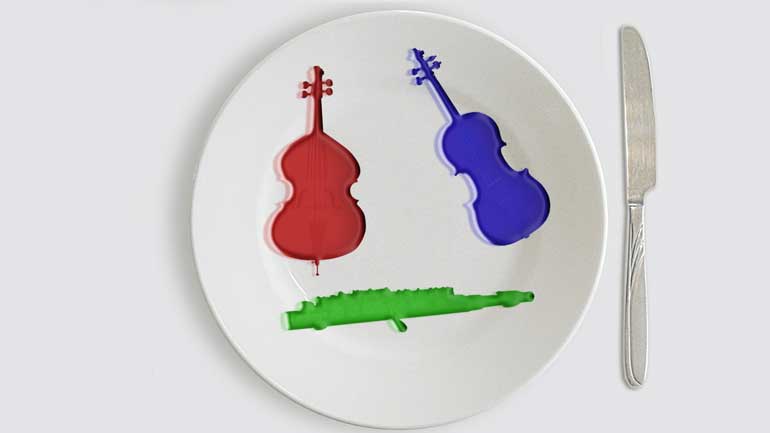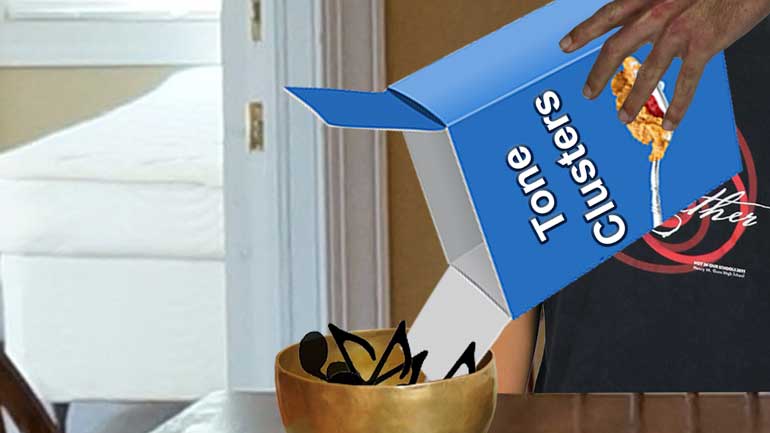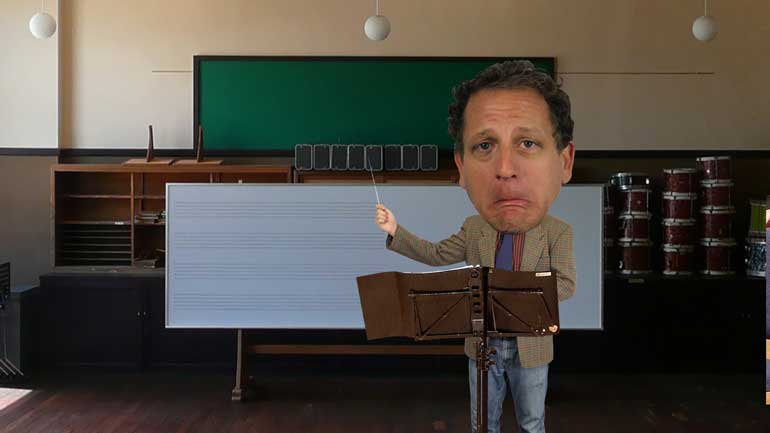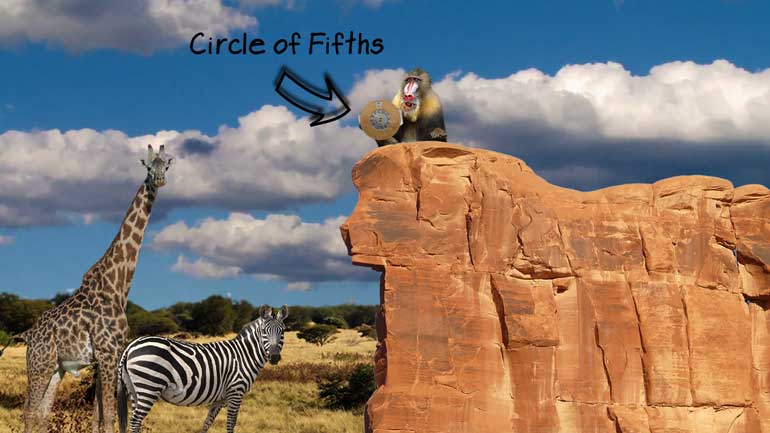ShmoopTube
Where Monty Python meets your 10th grade teacher.
Search Thousands of Shmoop Videos
AP Music Theory Videos 12 videos
AP Music Theory 3.3 Score Analysis. Which of the following answers names the cadence that moves from IV to I?
AP Music Theory 3.5 Score Analysis. What kind of chord is shown above?
AP Music Theory 3.2 Score Analysis. What notes would have sharps in the key of c sharp minor?
AP Music Theory 4.4 Score Analysis 6 Views
Share It!
Description:
AP Music Theory 4.4 Score Analysis. Identify the errors in either pitch or rhythm.
Transcript
- 00:04
And here's your shmoop du jour brought to you by musical
- 00:06
measures we always forget how many treble spoons are in a counter pint[Chef using a musical note as an ingredient in a meal]
- 00:11
again.. Crank up the volume because this question is based on an excerpt that
- 00:16
will be played not one not two but three times the score is printed correctly but
- 00:20
in the version you'll hear there are errors in either pitch or rhythm our job
Full Transcript
- 00:25
is to identify the error then never listen to this lovely excerpt again
- 00:29
capiche? capiche...
- 00:53
Done listening? Alright great so we measure 7 there's an error in the rhythm
- 00:59
of which beat and here are your potential answers... All right beats.. All right so
- 01:03
hopefully while we were listening to measure 7 we counted each sixteenth note [Muscial notes on measure 7]
- 01:07
in the second cello if you didn't that's okay we just really like counting
- 01:11
sixteenth notes and there just happened to be eight sixteenth notes in measure
- 01:15
7 incidentally it was the sixteenth note to Barb in marketing that's finally got [Lots of sticky notes stuck on Barb's car]
- 01:20
her to stop parking in the wrong spot yeah all right but well can't we all quit
- 01:23
our day job... All right let's check the score huh 72-84 warriors all right not [TV showing basketball players]
- 01:29
that score, gotcha. All right the musical score correctly shows that there
- 01:33
are eight sixteenth notes in the second part that means 4 for beat one answer b and
- 01:38
4 beat two answer D. Both of those are right so we'll have to keep looking
- 01:42
specifically at the first cello part in beat one we've got a quarter note sounds
- 01:48
good so far so answer A is out and normally when we get a quarter note it [Hand picks a note out of a jar[
- 01:52
means we've forgotten yet again to get quarters for the laundry come on not
- 01:56
even a chuckle, tough crowd in beat two however the quarter note in excerpt doesn't
- 02:01
match up with the score where we see a dotted quarter note slur into an [Hand points to a quarter note]
- 02:05
eighth note the rhythm is incorrect in the second beat of the first cello part
- 02:09
right here which means C is our answer and now that we've analyzed the score
- 02:13
correctly we're going to go analyse that basketball score again go warriors [TV Warriors basketball team]
Related Videos
AP Music Theory 3.5 Score Analysis. What kind of chord is shown above?
AP Music Theory 4.1 Score Analysis. Which of the following answers is an example of compound meter?
AP Music Theory 1.1 Music Terminology, Terms & Symbols. Which of the following scales contains the notes shown above?
AP Music Theory 2.1 Music Terminology, Terms & Symbols. What is the key signature shown above?
AP Music Theory 4.2 Score Analysis. What figured bass symbol best describes the above chord?
